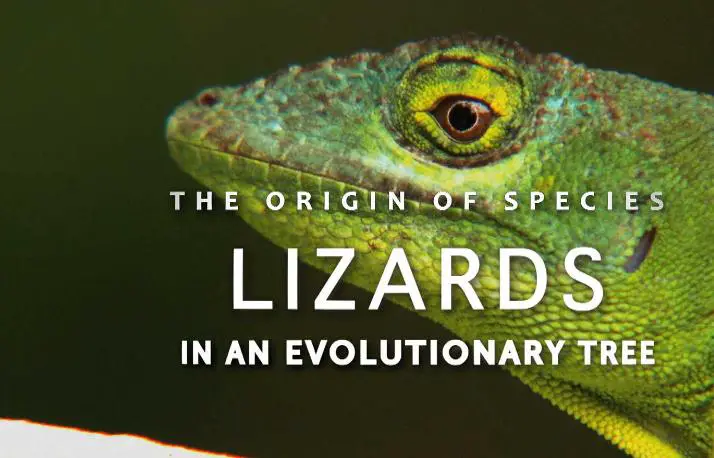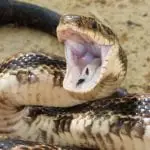Lizards are part of the group of animals that are called reptiles, and there are over 6,000 species of lizards in the world. Lizard with four legs, two legs, and some lizards that have no legs are included in this large number of lizards. Lizards are closely related to snakes because some lizards look like a snake.
For example, the Scheltopusik because this lizard has no legs. Lizards have a small head, and they have a short neck and have a long body and tail. Most lizard in this world has movable eyelids. They have eyelids just like us humans, and it is also for them to protect their eyes whenever they blink.
Origin of Lizards
Lizards originated on a similar to the present lizards, which are the Lepidosauria and is followed by the emergence of the Sphenodontia. To fully understand the lizard’s history of evolution, firstly is that we should examine the lizard’s fossil record.
There are at least five excavated records of the lizard’s fossil that possibly represent the amount the ancient extinct species of lizards that are dated around the late Jurassic Period about 150(one hundred fifty) years ago. The basic morphology of the lizards was gradually taken shape and including the traits such as well-developed optical nerve systems of the lizards for tracking the movement of the prey and its tongues evolved to catch prey.
Habitat of Lizards
Lizards are found all over our world in every type of terrain. Some of the lizards live in vegetation on the ground, while the other lizards live in trees, and some lizards live in deserts among the rocks. As long as the place has water and prey, then a lizard can live for how many years. The lizard can also adapt immediately to any place that they can go to.
Habits of Lizards
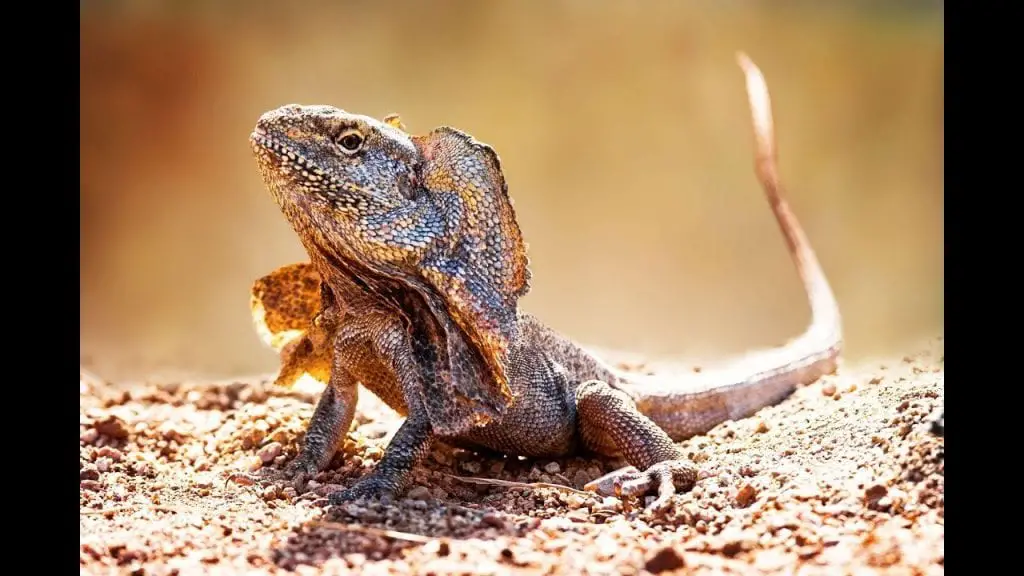
Most of the lizards are active during the daytime. The lizards are cold-blooded animals, which means that they rely on their environment to help warm their bodies. The lizard uses the heat of the sun to raise their body temperatures, and lizards are also active whenever their bodies at warm.
The heat from the sunlight also helps the lizards to produce vitamin D. Lizards’ life is spent from sun-bathing on the rocks and hunting for food or waiting for the prey to come their way. Some of the lizards were territorial, while other lizards can easily live with dozens of lizards of many different species of lizards.
What Is a Beta Carotene?
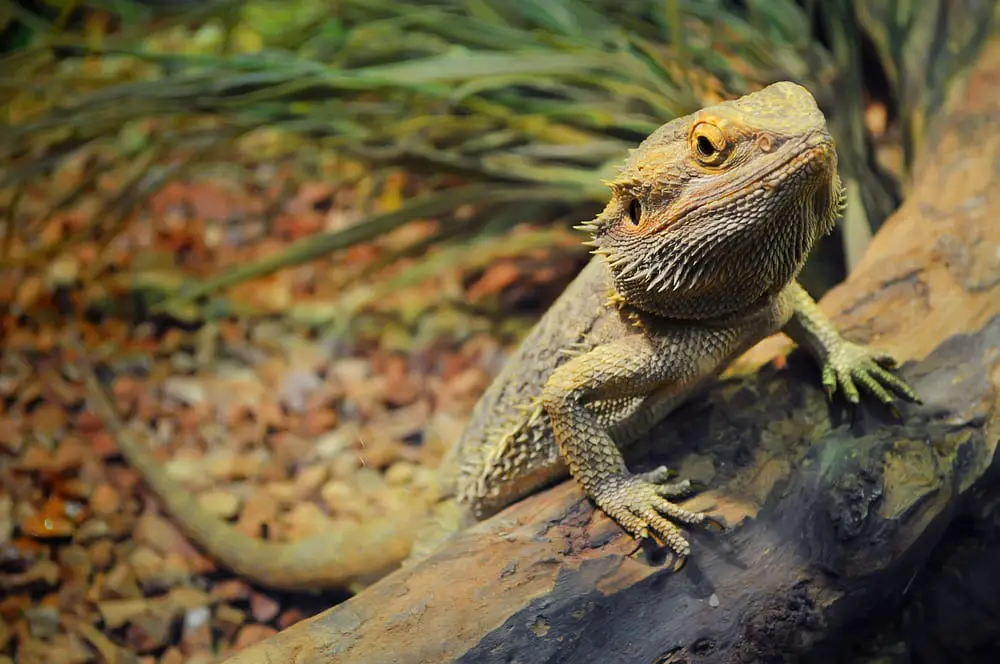
Beta carotene can be found in any yellow or orange fruits and vegetables. The nutrients that are called carotenoids are all vitamin A. Precursors that were converted into a body to active vitamin A. What good news with carotenoids and with extra carotenoids is that it will be excreted unchanged.
Vitamin A is a vitamin that can easily be overdosed because vitamin A is a fat-soluble vitamin, and any excess of this will be stored in the liver for approximately 90%(ninety) or more for future use. Note that a Beta carotene will be converted to active vitamin A and it is not stored, but it can be easily excreted. Plants don’t contain any active vitamin A, but they contain what we call the Carotenoids.
Uses and Effects of Beta Carotene
This beta carotene and carotenoids that it is converted to vitamin A. So, vitamin A now gives healthy skin and mucous membranes, it is also good for good eye health and health visions, and also vitamin A is good for the immune system. Beta Carotene is also an antioxidant. An antioxidant is a substance, and it inhibits the oxidation of other molecules that protect the body from free radicals.
Foods Rich in Beta Carotene
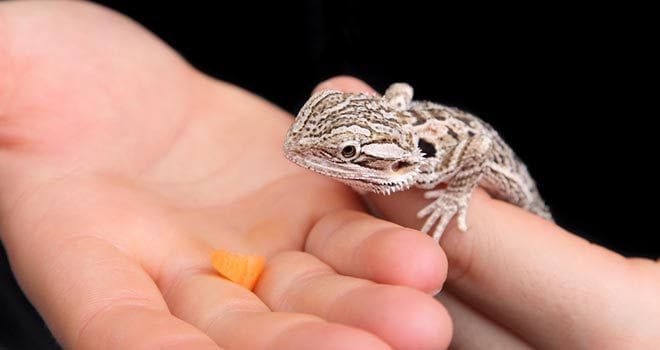
- Apricots and asparagus
- Broccoli and carrots
- Chinese cabbage and chives
- Dandelion leaves and grapefruit
- Herbs and spices just like chili powder, oregano, paprika, and parsley
- Kale and ketchup
- Margarine
- Onions, peas, and peppers
- Plums and pumpkins
- Spinach, squash, and sweet potatoes
- Oranges and rolled oats
- Cornmeal and mustard greens
What Can a Beta Carotene Do to a Lizard?
Beta Carotene that produces vitamin A plays an important role in maintaining the normal epithelial tissues that are vital for the vision, reproduction, growth, and immune function. Beta
Here are the Good-to-know Facts About Beta Carotene:
- Carotene is found on vegetables and fruits that were usually the food of reptiles such as lizards. This beta carotene helps the lizard to prolong its life, but at the same time, this beta carotene can also lessen the lifespan of these lizards.
- Beta Carotene can prolong lizards’ life for the reason that it gives vitamin A to the lizards that help them survive in the wild. That it strengthens the skin of the lizards for them to be more capable of doing things, and also, it helps the lizard’s immune system to become stronger.
- Beta Carotene also lessens the lifespan of lizard or the reptiles because it causes a Hypervitaminosis. This means that lizards take too much vitamin A that causes a disease called Hypervitaminosis A.
Hypervitaminosis
Hypervitaminosis A is a nutritional disorder that came from an overload of Vitamin A, and supplements are often given presumptively to the reptiles. It is the same as lizards because hypervitaminosis A is a known nutritional problem that is resulted by an unbalanced diet. Reptiles that are herbivores do not experience the deficiency of vitamin A. It is because of their plant-based diet and also their ability to synthesize vitamin A.
The clinical signals of hypervitaminosis A include:
- Dry, scaly skin
- Skin ulceration
- Depression
- Anorexia
- Weight loss
- Lethargy
- Sloughing to various degrees
- Dehydration
The part of the skin that is most likely affected by this hypervitaminosis A are the areas that have hassle skin near the front legs and neck. Because of cell damage, those tissues will eventually become swollen. Those reptiles that have a severe hypervitaminosis A happens that their dermis and muscle can become exposed and that they might die because of secondary dehydration.
Bacteria or fungi or what we call the secondary infection are commonly associated with skin lesions, which possibly lead to sepsis. While reptiles with acute hypervitaminosis A requires great supportive care, and fluid therapy is 10(ten) to 30(thirty) ml/kg per day.
The skin lesions of the lizards can be treated with hydrotherapy, systemic antimicrobial, antiseptic solution soaks, and pain medication as needed. These skin lesions should be treated as a burn wound and also prevent secondary infections such as bacteria and fungi and always relieve the pain. While the reptiles like lizards that have a hypervitaminosis A requires long-term support and wound management as well as a routine check-up.

Signs of Vitamin A Abnormalities
- Loss of appetite
- Skin abnormalities
- Bone abnormalities
- Liver enlargement
- Calcium deposits in the soft tissues
Causes of Vitamin A deficiency in Lizards
Met is very low in naturally occurring vitamin A. That’s why the lizards that are being fed an all-meat diet or probably a poor quality commercial feed is at grave risk for developing vitamin A deficiency. It is also very vital to provide lizard with a supplement in order to bring the levels of this important antioxidant up to an acceptable level.
Vitamin A has a narrow window of optimum does. Having too little vitamin A results in symptoms and an outcome above, and too much vitamin A is toxic and can even kill an animal very quickly. That’s why following the dosage is very important. The deficiency of vitamin A can kill a lizard. It a reptile because it decreases the lizard’s immune system that causes the lizards to be sicker, and it also attacks the lizard’s skin that also causes the lizards to become weaker and that they cannot survive the wild.
The Safe Does for Vitamin A
The safe dose for vitamin A is 5,000(five-thousand) to 10,000(ten-thousand) IU/kg, and also a toxic dose that is roughly 100(one-hundred) times higher that is 50,000(fifty-thousand) to 100,000(one-hundred-thousand) IU/kg. The risk in overdosing is that it can be decreased by administering vitamin A in an oral rather than an injection or formulation.
However, hypervitaminosis A can still be induced, and even when a safe dose of a supplement was given as an injection, and an increased amount of vitamin A was consumed as a part of a prolonged period of time. Having the exact dose is most likely the best way for reptiles such as the lizards to survive.
Other Problems with Hypovitaminosis
Other than vitamin A deficiency, a lizard may also present with other secondary problems most likely to include is the skin and depending on their nature and also to their severity. When vitamin A deficiency has resulted in eye problems than dry eyes and gummy secretions from the tear ducts is a good breeding grounds for the staphylococcus with would otherwise be harmlessly on the skin.
Conclusion
Now you’re fully aware of the benefits that beta carotene can do to your lizards. Just like human beings, lizards need this nutrient to attain good health. It is essential to keep the eyes of your lizards in good condition, so they don’t experience dry eyes or infection caused by secretions, keeping your pet healthy and happy.

